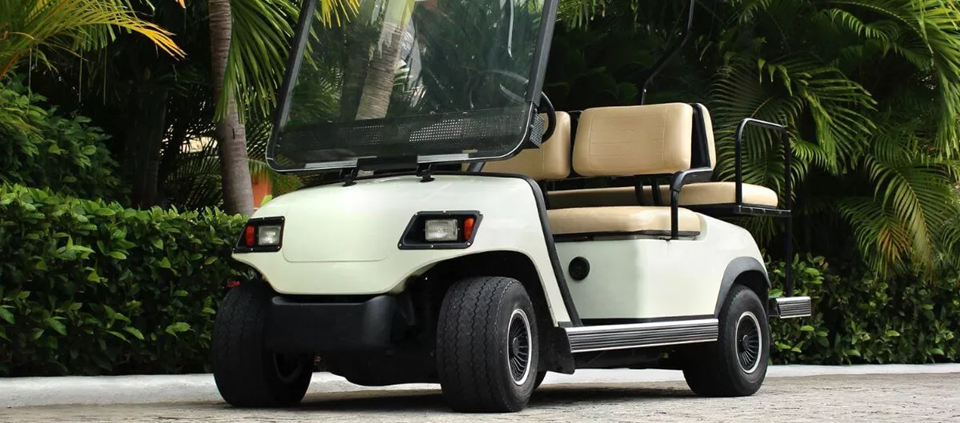Replacing Your Yamaha Golf Cart Battery? Here’s What Most People Get Wrong (And How to Upgrade the Right Way)
As a Yamaha golf cart owner or fleet operator, you’re eventually faced with the inevitable: battery replacement. Whether your cart is slowing down, losing charge too quickly, or simply not delivering the performance it once did, it’s a clear signal that your current power source is at the end of its life. But here’s what most people get wrong: they assume replacing the battery means finding the same type of lead-acid battery they’ve always used.
In 2025, that’s no longer the smart move.
Switching to lithium batteries for your Yamaha golf cart isn’t just a trend—it’s a strategic upgrade. In this guide, we’ll walk you through the key factors most owners overlook, and show you how to upgrade intelligently based on real-world usage, climate, and operational priorities.
Section 1: The Lead-Acid Trap – Why Replacing with the Same Battery is a Missed Opportunity
Lead-acid batteries have long been the standard for golf carts, including Yamaha’s popular Drive and Drive2 models. But the limitations of lead-acid technology become painfully obvious after 2-3 years:
- Frequent watering and maintenance
- Long charge times
- Heavy weight impacting efficiency
- Rapid performance decline in extreme heat or cold
By choosing to replace your failing lead-acid battery with another lead-acid unit, you’re signing up for the same cycle of inconvenience and underperformance. Worse yet, you’re missing out on the significant operational and financial benefits lithium offers over the full life of the cart.
Section 2: Lithium Compatibility with Yamaha Golf Carts
Here’s where many owners hesitate: “Can my Yamaha cart even run on lithium batteries?”
The answer for most models is yes. Especially for Yamaha Drive, Drive2, and G29 models, there are drop-in lithium battery kits that match the size, voltage, and connector configuration of the original lead-acid setup.
What you should look for in a compatible lithium upgrade:
- Voltage match (typically 48V systems)
- CANbus or analog signal compatibility (depending on your cart model)
- Battery Management System (BMS) with built-in protections
- Charger compatibility (many lithium kits include their own smart charger)
If you’re managing a fleet, make sure your lithium upgrade supports parallel operation and fast charging rotation.
Most Yamaha electric golf carts, including Drive and Drive2 models, operate on a 48V system, making them well-suited for drop-in lithium replacements. If you’re looking for high-performance, fleet-ready lithium battery packs specifically optimized for 48V golf carts, check out the options from 48V lithium golf cart battery solutions specifically designed for Yamaha models.
Section 3: Real-World ROI – Why Lithium Makes Sense Financially
Fleet managers and private owners alike worry about the up-front cost of lithium. It’s true that lithium batteries cost more initially—sometimes 2-3x more than lead-acid. But here’s the data-backed truth:
| Cost Factor | Lead-Acid | Lithium |
| Cycle Life | 300-500 | 3,000+ |
| Annual Replacement Cost (over 6 years) | High | Low |
| Maintenance Labor | Weekly | None |
| Downtime Risk | High | Low |
| Total Cost of Ownership | Higher | Lower (after ~2 years) |
In real-world fleet use (e.g., golf courses, resorts, campuses), carts with lithium packs often reduce total battery-related expenses by 30-50% over five years. You also reduce risk of acid spills, corrosion, and charging errors.
For those managing large fleets or considering a long-term battery replacement strategy, this in-depth guide for fleet managers explores how switching to lithium in 2025 can transform operational costs and uptime reliability.
Section 4: Climate Considerations – Lithium vs Lead-Acid in Extreme Temperatures
If you’re operating in a hot, humid Florida resort or a chilly Colorado mountain course, your battery’s thermal performance matters. Here’s what you need to know:
Lead-acid batteries:
- Rapid capacity loss above 90°F or below 40°F
- Higher self-discharge in warm weather
- Slower charging in cold weather
Lithium batteries (especially LiFePO4):
- Minimal performance degradation in high heat
- Integrated thermal management in premium models
- Optional low-temp charging protection to prevent damage
For fleets that operate year-round or in variable weather, lithium ensures consistent performance across seasons.
Section 5: Yamaha Cart Performance After Lithium Upgrade
Many owners expect lithium to “just match” their current battery’s output. The reality? It often exceeds expectations:
- Faster acceleration due to lower weight
- Improved hill-climbing ability
- Longer runtime per charge (up to 30-40% more)
- More stable voltage delivery, even under load
For golf courses with 36+ holes or resort-style shuttle fleets, this means fewer recharges per day and smoother guest experiences.
Section 6: Common Upgrade Mistakes to Avoid
Switching to lithium isn’t always plug-and-play unless you plan carefully. Here are the top mistakes we see:
- Choosing incorrect voltage (always match your Yamaha model specs)
- Retaining incompatible lead-acid chargers (they can damage lithium packs)
- Overlooking BMS features (no BMS = safety hazard)
- Buying low-cost batteries without UL/IEC certification
Look for suppliers that offer turnkey kits for Yamaha carts and provide clear documentation.
Section 7: Final Checklist – Are You Ready to Go Lithium?
If you answer YES to 2 or more of these, it’s time to seriously consider upgrading:
- Your Yamaha cart is 2+ years old
- You charge more than once per day
- Your lead-acid battery shows swelling, corrosion, or leaks
- You’re tired of watering batteries or topping off fluid
- You want to reduce cart downtime and maintenance labor
Conclusion: The Smarter Way Forward
Replacing your Yamaha golf cart battery doesn’t have to be a simple swap. It can be a strategic upgrade that improves performance, lowers long-term costs, and reduces frustration for you or your fleet staff.
Lithium batteries are no longer a premium option—they’re the smart choice for operators looking to future-proof their carts.
Explore trusted 48V lithium golf cart battery solutions specifically designed for Yamaha models to experience the benefits firsthand.
Interested in learning more about golf cart battery upgrades?
Explore our detailed guides on why switching from lead-acid to lithium is the smarter choice for your E-Z-GO fleet:
And if you’re managing Yamaha golf carts, don’t miss:
These resources provide actionable insights tailored to fleet managers looking to maximize performance and reduce costs in 2025 and beyond.


